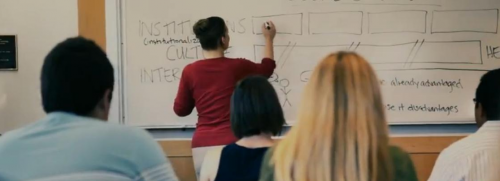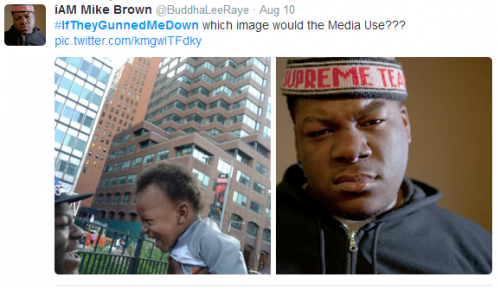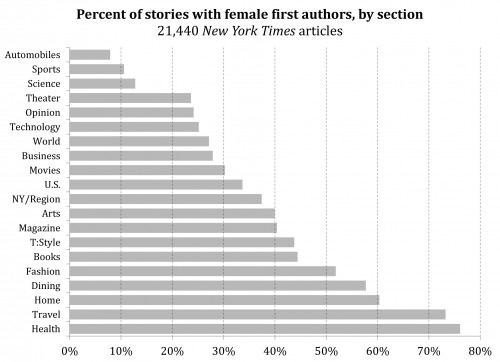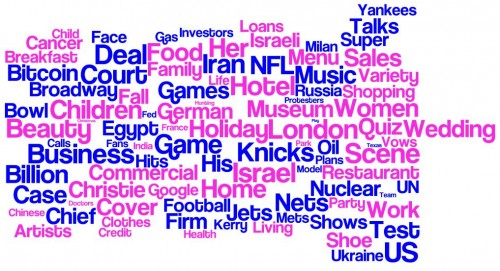Flashback Friday.

Flipping through Safari magazine, something that struck me as odd. Because the magazine is aimed, primarily, at selling hunting safaris, the vast majority of the pictures were people posing with their kills.
What I noticed was that, in nearly 100 percent of the pictures, the animals were posed so as to look alive: resting or sleeping. Most often, the animal was on its belly with its legs folded naturally beneath it and, even, its head held or propped up. The hunters posed behind the animal, often with a hand on it, as if they were simply petting the animal. Further, there was almost never any evidence of the wound: no holes, no blood (though sometimes the weapon is included in the picture). It is almost as if the people are at a petting zoo and the animal is blissfully enjoying the human attention. A more systematic analysis of hunting magazines found the same pattern.
Imagine for a minute how challenging this must be to pull off. If you shoot an animal, it likely falls into any number of positions, many of which make it look like it’s just been shot (legs akimbo, head at an awkward angle, etc). The hunter and his or her companions must have to wrangle this 500, 1,000, 1,500 pound dead weight into the position in which it appears in the images.
Why do they do it?
I don’t know. But maybe it has something to do with the relationship to nature that hunter culture endorses. Instead of a destructive, violent relationship to nature that would be represented by picturing animals in their death poses, these pictures suggest a custodial relationship in which humans take care of or chaperone a nature to which they feel tenderly.
That is, they don’t destroy nature with their guns, they tame it.
Originally posted in 2009.
Lisa Wade, PhD is an Associate Professor at Tulane University. She is the author of American Hookup, a book about college sexual culture; a textbook about gender; and a forthcoming introductory text: Terrible Magnificent Sociology. You can follow her on Twitter and Instagram.












